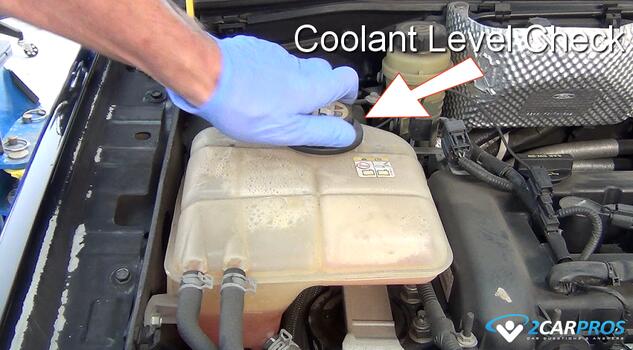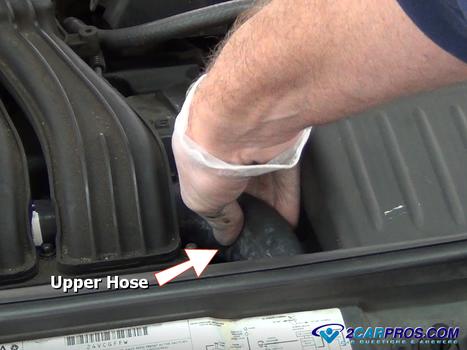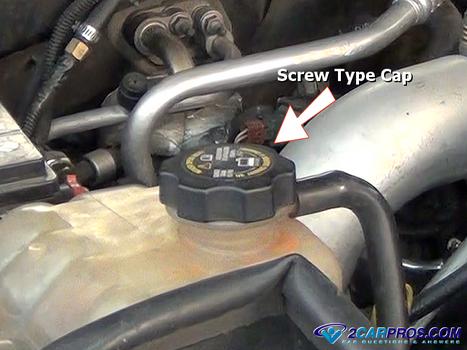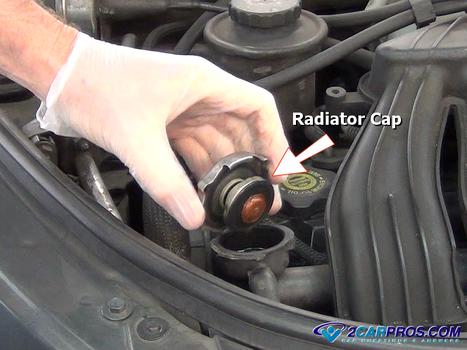Introduction
Checking engine or battery pack cooling system fluid levels are a must when caring for your gasoline or EV powered vehicle. Maintaining the correct coolant level is crucial for preventing overheating and ensuring optimal performance. This guide will walk you through the step-by-step process of checking your vehicle's coolant level safely and effectively.
Caution
- Never open the hood while a car is overheating to avoid burns from hot coolant.
- Do not open the coolant reservoir or radiator when hot
- Do not leave coolant unattended, it is poisonous
Note
- Coolant, and antifreeze are the same thing.
- Only add manufacturer approved coolants.
- Wear protective gloves and safety glasses to prevent contact with coolant.
- Ensure the vehicle is on a level surface to get an accurate reading.
Tools and Materials Needed
- Flashlight (for better visibility of coolant levels)
- Clean cloth or paper towel
- Distilled water (if coolant topping is necessary)
- Coolant recommended by the vehicle manufacturer
- Funnel (to prevent spills when adding coolant)
Coolant Level Inspection
If coolant levels are left unattended they can become low which hinders the performance of the vehicle's cooling system. This is detrimental to EV's as it leaves the battery pack susceptible to overheating which can render the battery pack useless. On gasoline powered vehicles the same can happen, only its the combustion engine that will pay the price by seizing up or losing compression leaving you stranded. When there is a small coolant leak it can evaporate which is difficult to detect. The reservoir is usually near the radiator and has a colored cap labeled “Coolant” or with a temperature warning icon.
1. Starting with the engine or EV vehicle cold, a cooling system can have about 18 psi when hot, but if left to cool the pressure can drop down close to 0. But, there still can be residual pressure when cold, but it will be much less which is manageable while relieving pressure.
2.Locate the cooling system cap which is usually under the hood on both EV's and gasoline powered cars. Most of the time the cap will be on the coolant reservoir or radiator which usually has a yellow sticker on it.
3. The vehicle should be on level ground, so the cooling system does not drain out or develop internal air pockets when opened.
4. Before removing the system cap wear gloves to help protect yourself, also squeeze the upper radiator hose to determine how much pressure remains in the system.
5. Most vehicles have a pressure cap on the coolant reservoir, open the cap slowly (counterclockwise), this will allow any residual pressure to escape. Most radiator cooling systems, (except EV's) are designed with an overflow expansion tank (pressurized) which should be about half full when the engine is cold.
6. Once the cap has been removed use a flashlight to inspect the coolant level, the translucent plastic tank with “MIN” and “MAX” level lets you see where the level should be, if low add only manufactures recommended coolant types. If the level is way down or the system is empty, the cooling system has a coolant leak which should be immediately addressed. After adding coolant, securely tighten the reservoir cap until it clicks or is fully sealed.
7. Older cars have a radiator cap which has a two step safety "built in" which requires you to press down firmly while turning the cap counterclockwise to remove, we suggest using both hands to remove the cap.
Conclusion
Check the color and clarity of the coolant. Coolant should appear bright (green, orange, blue, or pink, depending on type). If it looks rusty, cloudy, or has debris, a coolant flush may be required.
Watch the Video!
Please watch this video of the job being done to glean additional helpful information.
Credits
This guide knowledge base was created by the 2CarPros Team, and by Ken Lavacot: Automobile repair shop owner and certified master automobile technician of over 30 years. If you have question or need help please ask one of our experts we are happy to help. Please visit our 2CarPros YouTube Channel.




